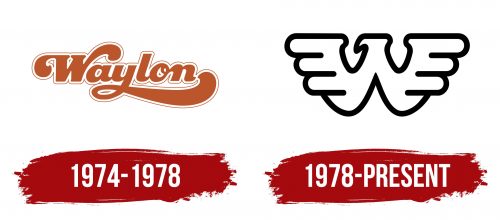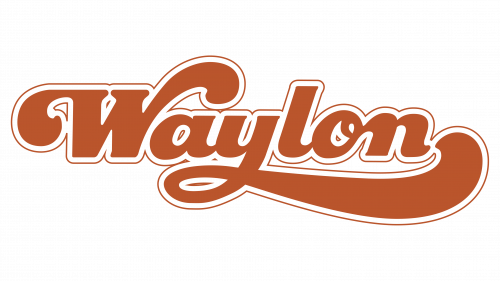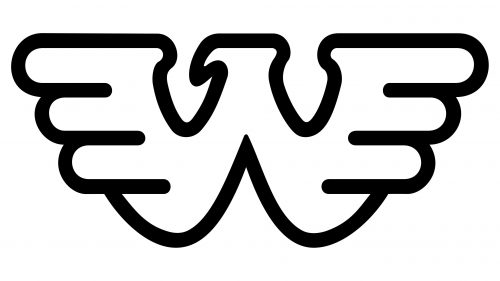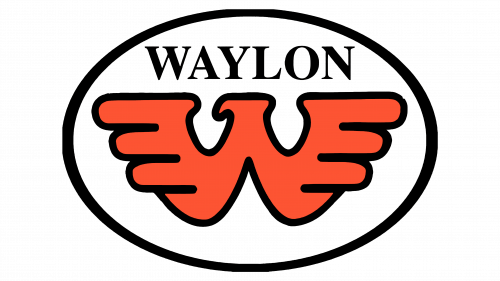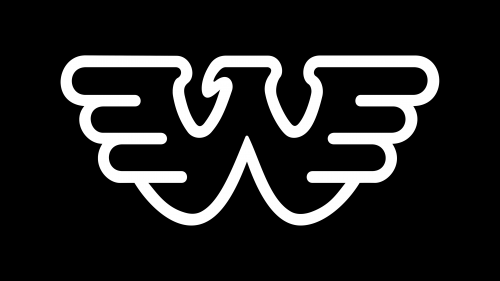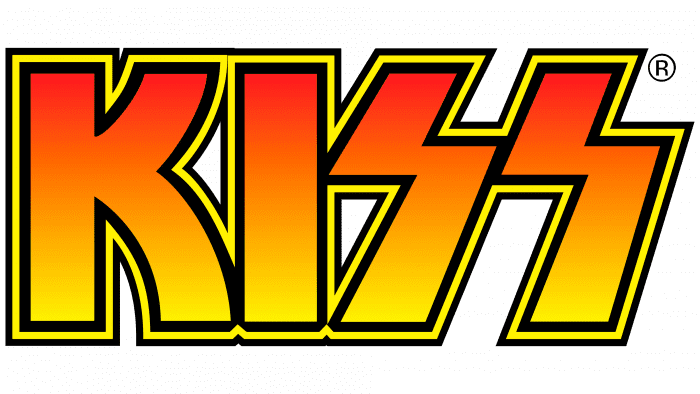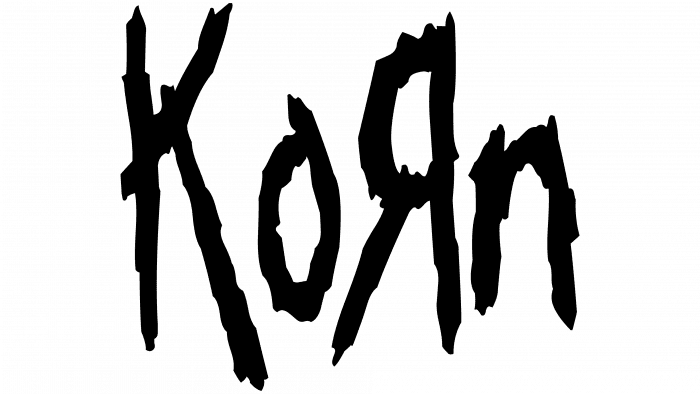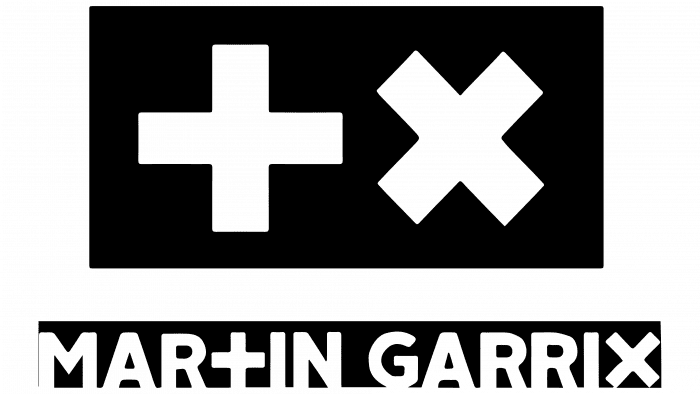The calm logo of Waylon Jennings hides the restless nature of the musician who fell in love with the guitar in elementary school and started playing it at eight years old. As a teenager, he played so skillfully that at the age of fourteen, he was already performing on KVOW radio and leading his first band.
Waylon Jennings: Brand overview
Meaning and History
Waylon Jennings, in fact, was named Wayland Arnold Jennings and was also known as Waymore, Watasha, Chief, and Hoss. For his logo, he used his stage pseudonym, Waylon, which became his second “self.” Being a creative personality who opposed the country’s classic standards, the musician chose an unusual sign based on his name. In the first version, it was a long inscription; in the second, it was shortened and reduced to a single letter. Despite the difference in years of appearance, in the music world, as in marketing, both emblems are still in circulation. And they perfectly characterize the virtuoso guitarist from the Texas prairies with boundless expanses and free winds.
What is Waylon Jennings?
Waylon Jennings was an American singer, guitarist, and songwriter from Littlefield, Texas, where he was born in 1937. The musician became the founder of Outlaw Country alongside a group of creative individuals representing the Nashville establishment. He entered the world of show business at a very young age: at 14, he was already performing on KVOW radio and then formed his first musical group. Waylon Jennings passed away in Chandler, Arizona, in 2002.
1974 – 1978
This Waylon logo is textual. It elegantly presents the name of the American song performer. Such elegance fits well with his stage image, complete with a stylish black hat, leather vest, long hair, and a neatly trimmed beard. The emblem emphasizes the musician’s uniqueness, creative streak, pedigree, and refined taste.
The inscription is done in a vignette style: it is decorated with curls, large dots, and letters with smooth curves reminiscent of an embroidered monogram. The bold glyphs are almost entirely devoid of sharp angles – they are so soft and flowing. They are characterized by a slight tilt and a thin outline, meticulously following the shape of each symbol. From “y,” a wide tail extends to the right, and from “W,” an elegantly curved element goes upward.
1978 – today
The most famous Waylon logo is an eagle stylized as the letter “W.” It is highly meaningful:
- It embodies the United States of America, as the bald eagle is its symbol.
- The bird conveys the unstoppable creative drive of the singer-guitarist.
- It reflects the musician’s freedom-loving character.
The powerful eagle is depicted with outstretched and upward-raised wings, conveying the shape of the glyph it represents. Each wing has three improvised feathers with rounded ends. Only the beak is sharp – all other angles of the bird are soft and smooth. The emblem is drawn with a thin black outline, so it is white in the middle.
Font and Colors
The inscription is done in a custom typeface with large lowercase letters, except for the first, which remains uppercase, as it is accentuated. In another version, it is reworked and presented as a personalized sign. The palette of the emblem is restrained. It primarily features monochrome: brown or black.

